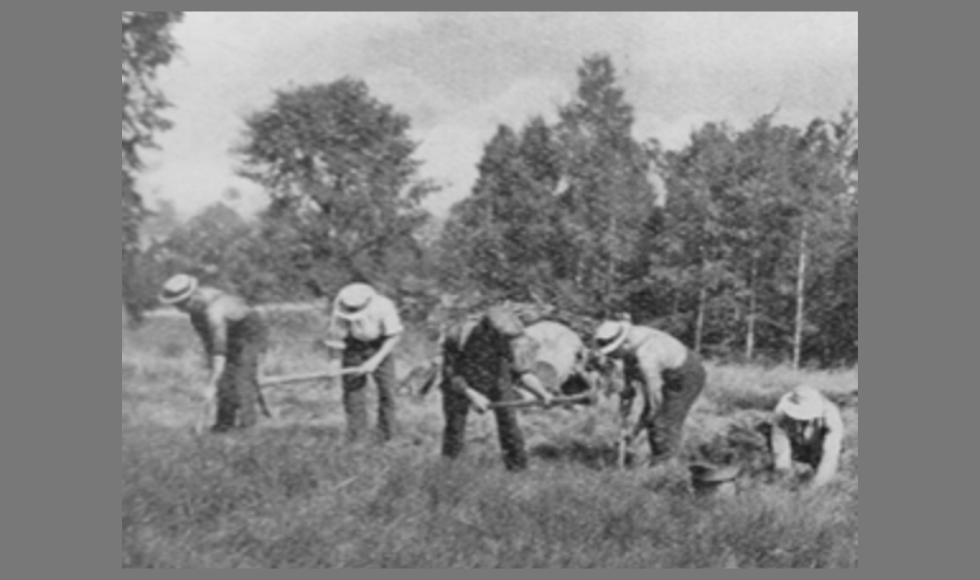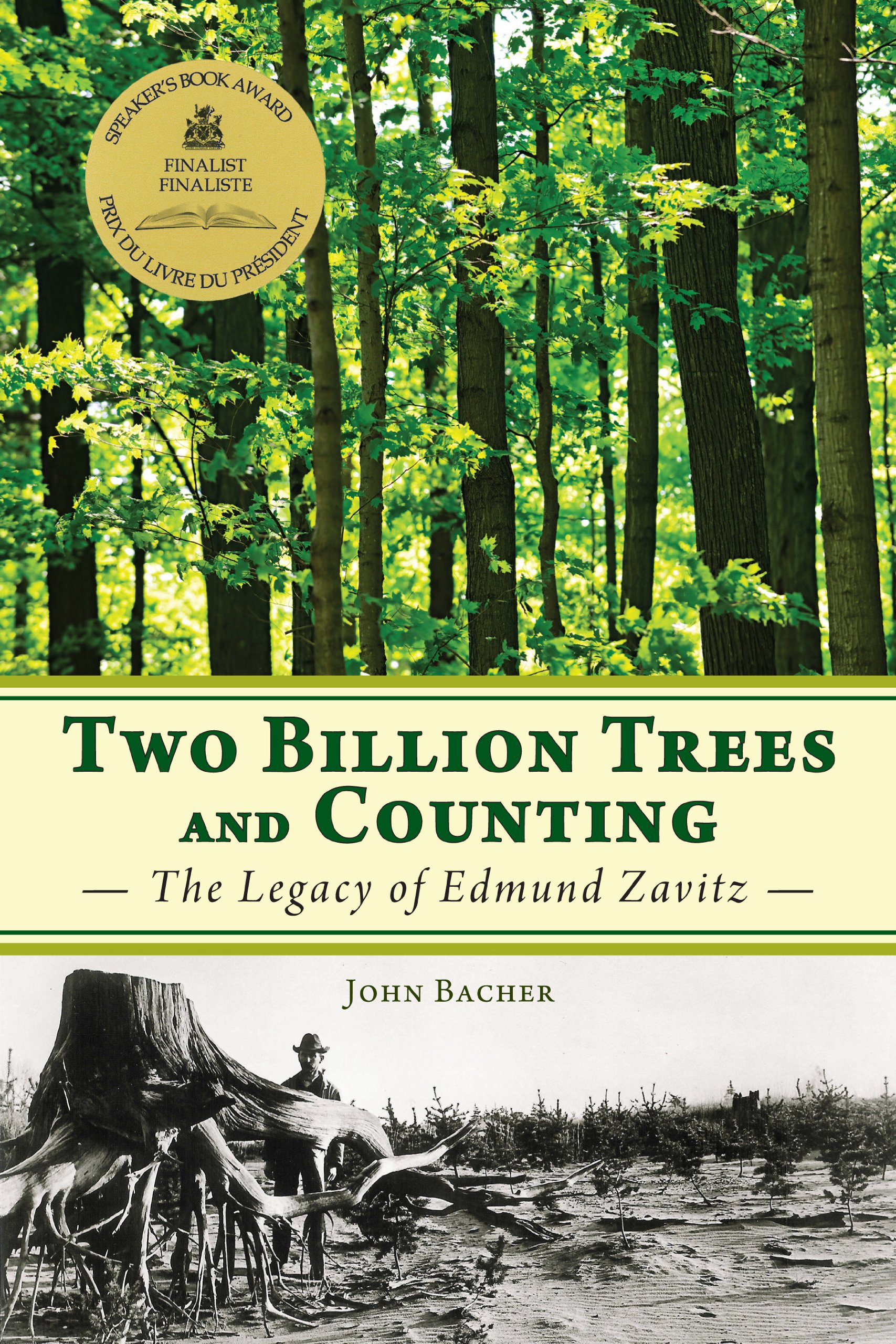Trees, forests and conservation: The living legacy of Edmund Zavitz

The legendary Mac grad, known to many as the father of Ontario reforestation, helped develop conservation authorities, provincial nurseries, forestry stations, the Forest Fires Prevention Act, and many, many tree-planting initiatives.
If you flip around the famous adage, sometimes you can’t see the trees for the forest. Certainly, that can be the case when it comes to the bookshelves here in Alumni House at McMaster. I walk past the shelves every day and usually what I notice is the collection of books rather than any specific individual volume. Then recently, I picked up Two Billion Trees and Counting: The Legacy of Edmund Zavitz by John Bacher and found myself learning the stories of two fascinating Mac grads.

Bacher, the author, is a passionate conservationist who earned his doctorate at McMaster in 1985. As he describes in the introduction to Two Billion Trees, he first encountered the legend of Edmund Zavitz when he was just 12 years old. That was when he read a history of Ontario’s Department of Lands and Forests titled Renewing Nature’s Wealth.
“Reading its inspiring story of Zavitz and his heroic battles to safeguard Ontario’s natural ecosystems from the devastating effects of forest fires, spreading deserts, and rising floods” helped inspire Bacher’s own life in conservation.
Bacher’s book – published by Dundurn Press in 2011 – provides a rich collection of anecdotes and details from Edmund Zavitz’s life and career.
Zavitz graduated from McMaster in 1903 with a plan to become a forester. He pursued graduate studies in forestry in the United States before returning to Ontario where he became a lecturer at Ontario Agricultural College.

By 1905, he had also established a pilot tree-planting project on his grandfather’s farm. This experiment was noteworthy because, as Bacher points out, deforestation in Ontario had disrupted the balance of many of the province’s ecosystems, leading to a spike in deadly and destructive forest fires and floods.
Zavitz launched his personal, multi-decade mission to reverse this damage by, among other strategies, planting trees … lots and lots of trees.
In 1912, he left academia to become the provincial forester, starting a career with the province that would last until his retirement in 1953. Working in a variety of positions including deputy minister of forestry and divisional chief of reforestation, he used reports, photographs, policies, legislation, lobbying and on-the-ground programs to restore and protect Ontario’s forests.
Zavitz played vital roles in developing conservation authorities, provincial nurseries, forestry stations and the Forest Fires Prevention Act.
Zavitz died in 1968 at the age of 94. Just a month before, Ontario had marked the one billionth tree to be planted by programs initiated through his efforts. In the decades since, that number has more than doubled.
From the start of Zavitz’s mission to the end of his life, the dire deforestation situation that Ontario faced in the 1910s and 1920s changed dramatically. As Bacher writes, “Forest cover in Southern Ontario had tripled as the result of his reforestation efforts” and in Northern Ontario the regulation and professionalization of the forestry industry had ameliorated what had once seemed an indiscriminate tide of deforestation.
McMaster University recognized Zavitz’s achievements in 1952 by conferring an honorary Doctor of Laws upon the man known to many as “the father of Ontario reforestation.”
It was one of many tributes he received both during his lifetime and after. I suspect, however, that he would have been most proud of the billions of trees that are his living legacy — a legacy that began with aspirations he developed as a member of one of Mac’s earliest graduating classes and one we celebrate on Earth Day 2022.


